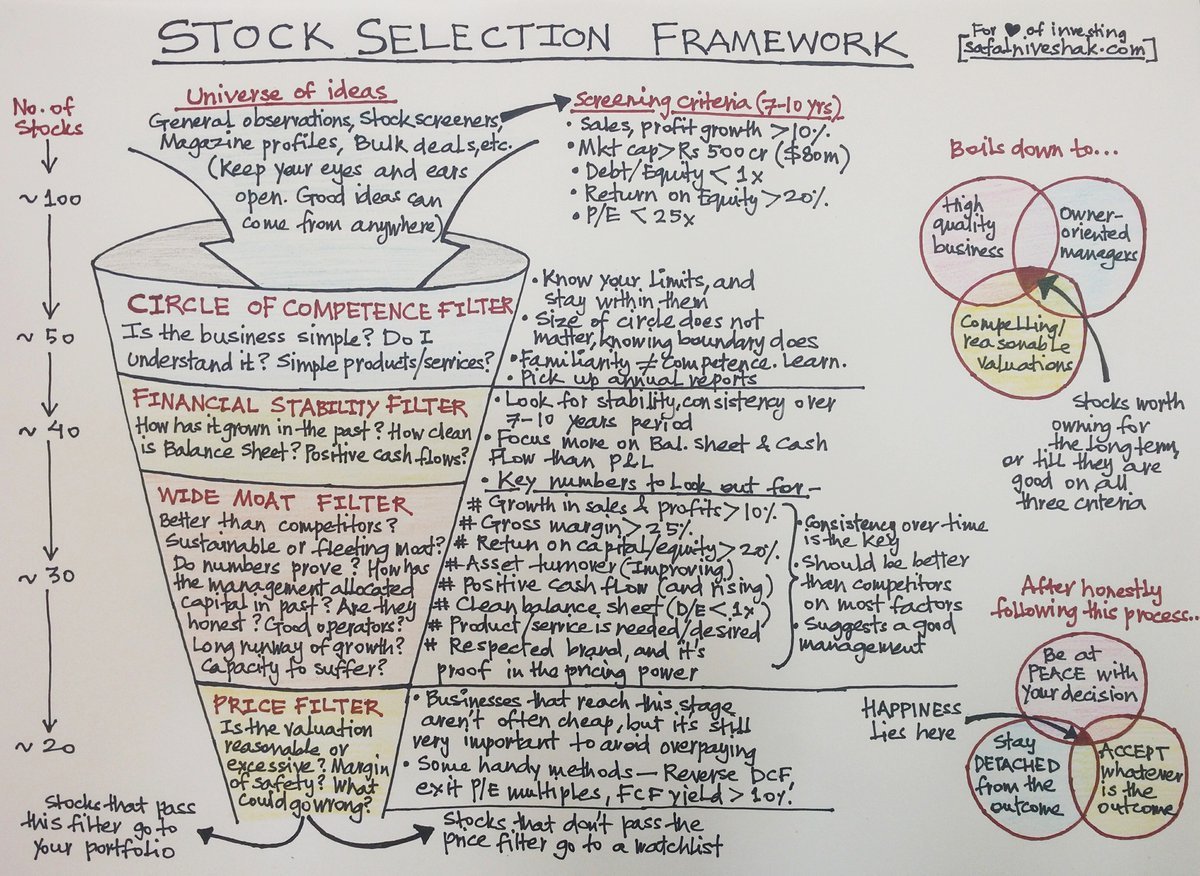1️⃣ Cash flow-to-Debt Ratio
• Indicates how long it would take a company to repay its debt if it devoted all of its cash flow to debt repayment.
• Cash Flow-to-Debt = (Total Debt / Cash Flow from Operations)
• Seek for companies with a Cash Flow-to-Debt lower than 3.
• Indicates how long it would take a company to repay its debt if it devoted all of its cash flow to debt repayment.
• Cash Flow-to-Debt = (Total Debt / Cash Flow from Operations)
• Seek for companies with a Cash Flow-to-Debt lower than 3.
2️⃣ Operating Cash Flow Margin Ratio
• Compares a company's operating cash flow to its net revenue over a specified period.
• Operating Cash Flow Margin = (Cash Flow From Operations / Net Revenue)
• Seek for companies with an Operating Cash Flow Margin higher than 10%.
• Compares a company's operating cash flow to its net revenue over a specified period.
• Operating Cash Flow Margin = (Cash Flow From Operations / Net Revenue)
• Seek for companies with an Operating Cash Flow Margin higher than 10%.
3️⃣Price-to-Cash Flow Ratio
• Indicates how much cash a company generates relative to its stock price.
• Price-to-Cash Flow Ratio = (Market Capitalization / Cash Flow From Operations)
• Seek for companies which trade below their own historical average valuation
• Indicates how much cash a company generates relative to its stock price.
• Price-to-Cash Flow Ratio = (Market Capitalization / Cash Flow From Operations)
• Seek for companies which trade below their own historical average valuation
4️⃣Free Cash Flow-to-Sales Ratio
• Indicates how much cash a company generates relative to its sales
• Free Cash Flow-to-Sales = (Free Cash Flow / Net Revenue)
• Seek for companies with a Free Cash Flow-to-Sales higher than 10%.
• Indicates how much cash a company generates relative to its sales
• Free Cash Flow-to-Sales = (Free Cash Flow / Net Revenue)
• Seek for companies with a Free Cash Flow-to-Sales higher than 10%.
5️⃣Cash Flow-to-Net Income
• Indicates the amount of cash a business generates per dollar of its income from operating activities.
• CF-to-Net Income = (CF from Operations / Net Income)
• Seek for companies with a CF/Net Income which averaged > 80% over the past 5 years.
• Indicates the amount of cash a business generates per dollar of its income from operating activities.
• CF-to-Net Income = (CF from Operations / Net Income)
• Seek for companies with a CF/Net Income which averaged > 80% over the past 5 years.
6️⃣Current Liability Coverage Ratio
• Can a company still meet its ST liabilities after paying out a dividend?
• Current Liability Coverage Ratio = ((CF from Operations - Dividends) / Current Liabilities)
• Seek for companies with a coverage ratio of minimum 1,5.
• Can a company still meet its ST liabilities after paying out a dividend?
• Current Liability Coverage Ratio = ((CF from Operations - Dividends) / Current Liabilities)
• Seek for companies with a coverage ratio of minimum 1,5.
That's it for today.
If you liked this, you'll LOVE my free course which teaches you everything you need to know about Financial Analysis.
compounding-quality.ck.page/0037f88d79
If you liked this, you'll LOVE my free course which teaches you everything you need to know about Financial Analysis.
compounding-quality.ck.page/0037f88d79
• • •
Missing some Tweet in this thread? You can try to
force a refresh




















